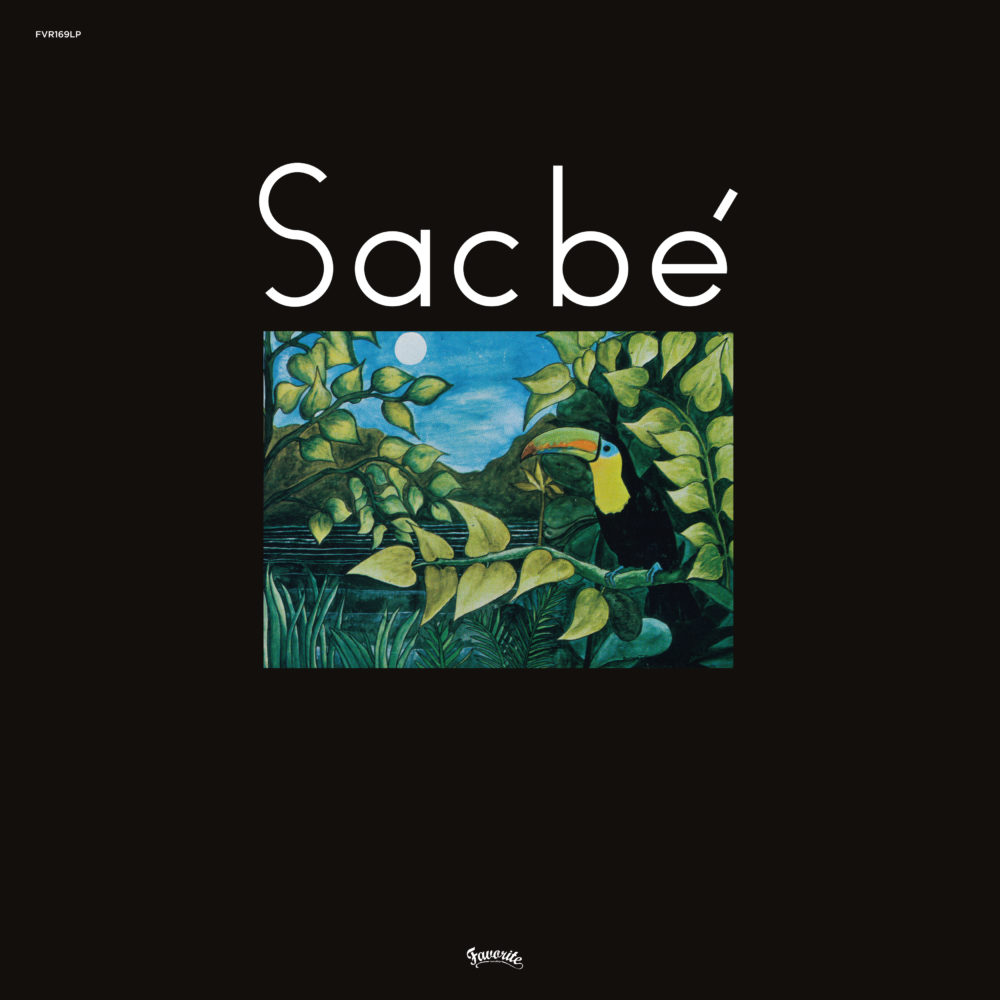SACBÉ
THE HISTORY OF MEXICO’S FIRST FUSION BAND
AN INTERVIEW WITH ENRIQUE TOUSSAINT FROM MEXICAN FUSION BAND SACBÉ
Favorite Recordings presents an exclusive reissue of the first private press eponymous LP by Sacbé, a Mexican Jazz Fusion masterpiece from 1977. Unique and beautifuly recorded, with a breezy feel brought by the synthesizers, Sacbé could be likened to what Azymuth was doing at the same time in Brazil.
The band was composed of Eugenio (keyboards), Enrique (electric bass) & Fernando Toussaint (drums), three brothers hailing from the huge Mexico city, and their friend and sax player Alejandro Campos.
We had a chat with Enrique about how they begun and become an influence to later generations of musicians.
The vinyl is available as a vinyl only limited pressing Deluxe Tip-On LP, coming with its original printed innersleeve, remastered by The Carvery (UK).
HOW DID YOU AND YOUR BROTHERS BECOME MUSICIANS?
We grew up in a family that loved music. My father, though a salesman, played guitar, piano and sang. He taught us a few things on both guitar and piano. My great grandmother played piano in silent movie theaters and her Mom won the Gold Palms for piano performance in Paris. Then my grandfather from my momʼs side played sax and drums and he was a Jazz fan, so we heard Jazz and Bossa Nova at his house all the time. We also took piano lessons when we were very young for a short time. We were exposed to a lot of music!
We also had an uncle who was the director of the Palace of Fine Arts (Bellas Artes) in Mexico City, and he would give us season tickets to concerts, so my parents took us to see some wonderful jazz concerts such as Ella Fitzgerald, Marian McPartland, Joe Pass, Carmen McRae, Dave Brubeck, Hermeto Pascoal, Bill Evans with Eddie Gomez…
It is a mystery why we all decided to be musicians and why we picked the instruments we picked. Nobody pushed us in that direction. I actually studied graphic design just like my brother Eugenio. We were basically self taught.
The band with Jon Crosse on a Sacbé road, Chichen Itza (1980)
HOW DID SACBÉ START AND HOW DID YOU PRODUCE THIS ALBUM?
Sacbé started when the opportunity to go to Berklee was presented to my brother Eugenio. Already working at Musicafé which was a club in the southern section of Mexico City and having finished with his band, Blue Note, he decided to play jazz with his brothers before leaving. The three of us got together, plus Alejandro Campos, a sax player who had already played in the band Cuadrologia and Blue Note.
One of Eugenio’s pieces called “Sacbé” was the inspiration for the name of the band since it had a lot to do with the inspiration of the Mayan culture, Mexico and the relationship to the natural harmony of that area, the jungle and the fauna.
It was going to be a short season, but the Berklee thing didn’t work and it was officially the beginning of the part of my life that changed everything forever.
On October 2nd 1976, we officially played for the first time as Sacbé.
As a group we decided that we wanted to do something of our own, with a national identity without falling into obvious things. We were very interested in doing things to the best of our ability at all times. We started by playing some standards of the classical jazz repertoire, but we leaned more towards the new genre, which was a mixture of different musical currents with a strong inclination on improvisation. Week by week, each one chose two pieces to add to the repertoire, of those, we chose two. We got together to rehearse almost every day from 10am to 4pm.
Each one studied on his own and we got together to put the pieces together. We tried to challenge each other and our repertoire began to require a lot of study! At that time, there were only vinyl records and they were not easy to get in Mexico. But Alejandro on his side, Fernando on his side and Eugenio and I took pieces to the rehearsal on Monday – since we had been sharing the record purchasing for a long time.
Our repertoire included Chick Corea, Herbie Hancock, Weather Report, Return to Forever, Eberhard Weber, Soft Machine, Milton Nascimento, Focus, Passport, …
Eugenio began to compose more, already thinking about the group. Eventually, the music focused on the original material, which although it was born mainly from Eugenio’s creativity, was a cooperative work of arrangement and final composition.
We all contributed our parts, since Eugenio did not write parts for us. He came with sketches that turned into pieces.
Eventually we decided not to play anything other than our music, even if it was financially difficult. I had four jobs at that time: I was selling records at an import store,Yoko Quadrasonic, I taught art in the afternoon at Heroes de la Libertad elementary school and then I returned to Yoko, which also owned a café, to make cappuccinos and paninis before going to Musicafé to play. I was already living away from home, since I left when I was 17 years old.
This group became a dream for me, as it was always a way to create individually and as a group, with absolute freedom, in a challenging environment, with high work ethic and integrity. Also with my blood, which facilitated a connection beyond description. Even if our personalities were markedly opposite and different, our music brought us together as if we were one.
Sometimes there were strong conflicts for different personality reasons but once the first note was played, everything would heal quickly. We were all / are our biggest critics and we were well aware of the things that needed attention. As a band, our rehearsals were thorough.Sometimes we spent the entire rehearsal on one piece. We explored all the possibilities of interpretation, structure, personal collaborations and improvisations with a lot of attention to dynamics.
Sometimes we spent the entire rehearsal on one piece. We explored all the possibilities of interpretation, structure, personal collaborations and improvisations with a lot of attention to dynamics.
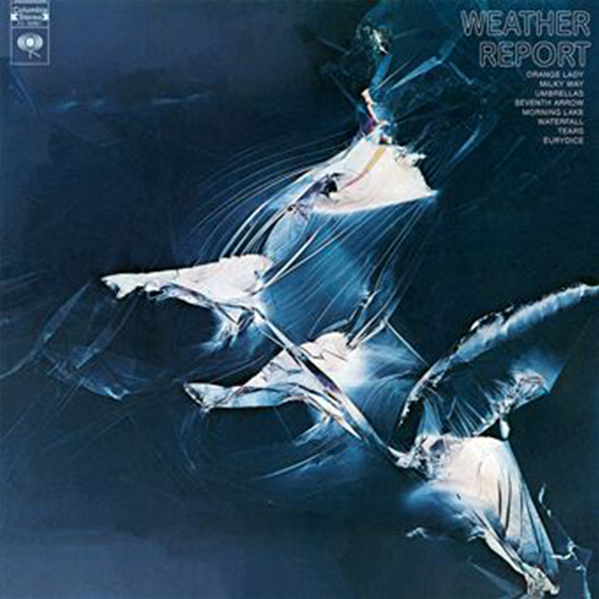
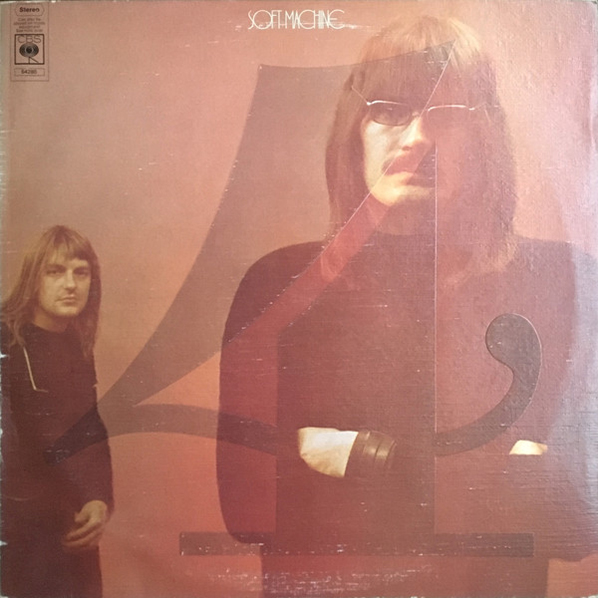

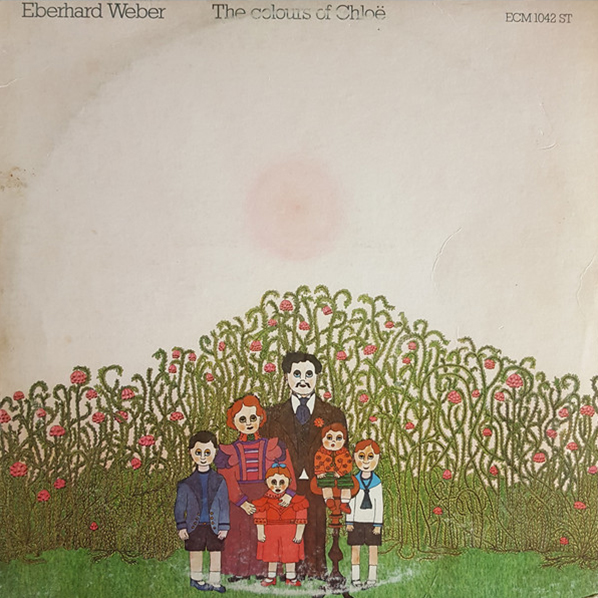
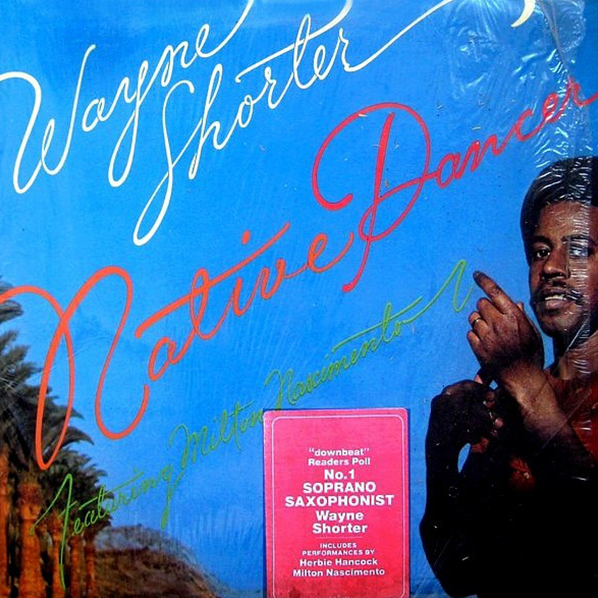
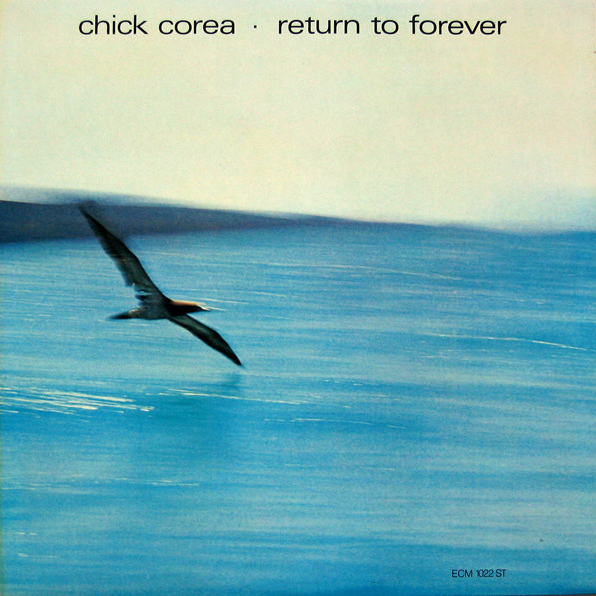

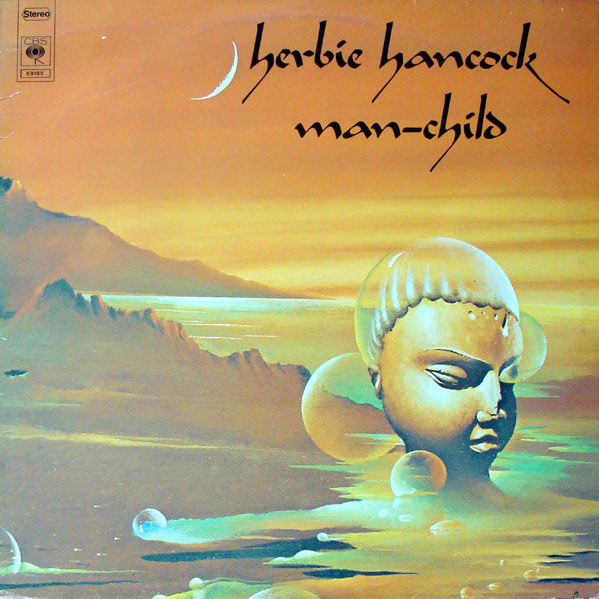
This dedication and integrity began to attract the attention of the public that attended our sessions at Musicafé. The owner always battled us for playing “jazz”, always complaining that not enough money was coming in – even if it was full. One season, we suggested that the musicians be the waiters too, to save him money and we served tables between sets.
Eventually, it was undeniable that what we were doing was very successful.
That place gave us the opportunity to show our work to a very varied audience, among which there were many artists such asb painters, photographers, dancers, designers, sound engineers, writers… A very beautiful group of artists with similar attitudes was created and we began to work almost as a team, to be able to do things that nobody wanted to support. We all did things for others for free and so we managed to hold concerts, exhibitions, book presentations, dance performances… All with a very unique and creative proposal. All by very young, forward thinking and passionate people. One of the relationships that ended up being the seed of everything, was with a young designer and recording engineer: Luis Gil.
He had access to one of the best recording studios of that time with a 16-tracks recorder which belonged to his parents. The studio was called LAGAB and many albums and several Televisa (Mexican broadcast system) projects were made, in which the cousins Mendez (Memo, Nando Estevané and Oscar Roundtree) related to Nacho Mendez were involved. They had a jazz group with which Eugenio had already sat in and Luis came up with the idea of getting us together with them and do a concert inside the studio to be recorded live.
That never saw the light, but Luis liked our band so much, that he suggested that we record nights and weekends – because the union wouldn’t let us record. It was also a way for us to leave something on tape and for him to practice engineering.
These sessions were a dream come true! He put us in the position of producers, without outside influences to our proposal, with total freedom to create our vision and with the impeccable ethics and perfectionism of Luis, which was a perfect match. To top it off, it was all free!
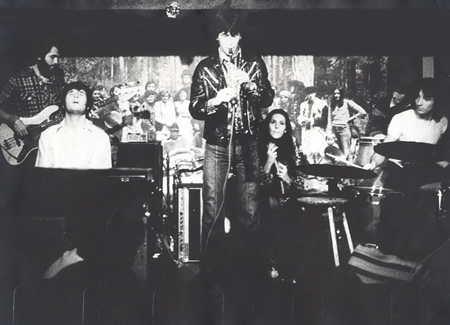
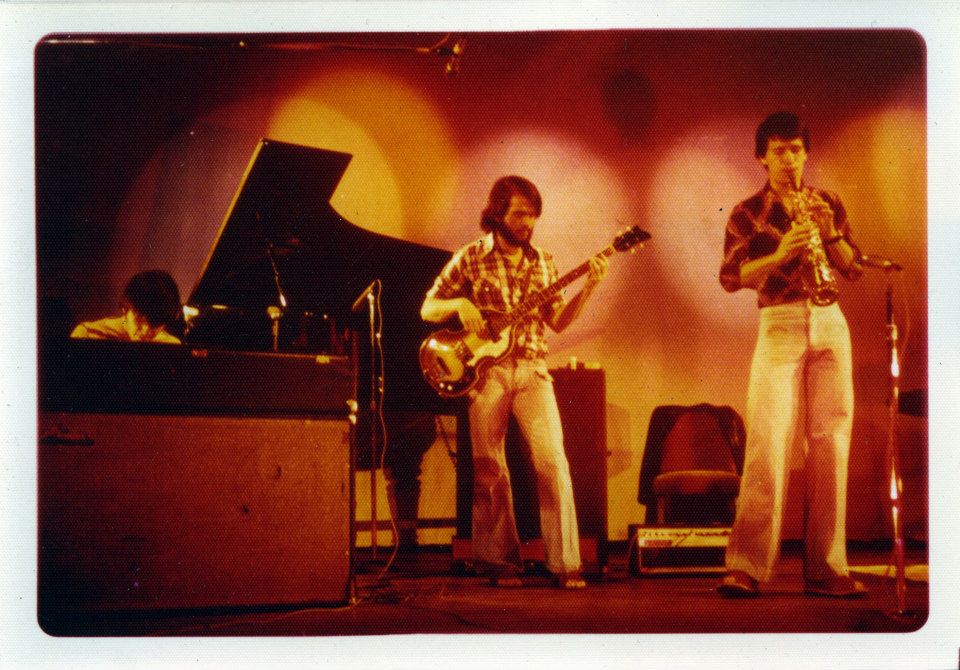
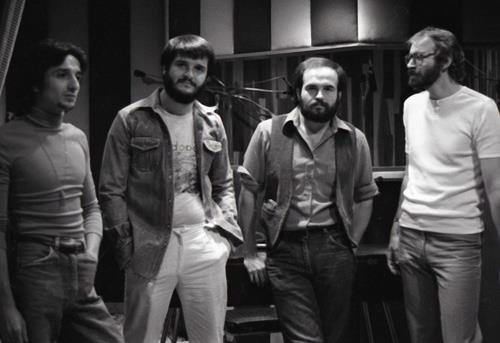
During this time, around 1976/77, for our ages (21, 20 and 19) and our self-taught search, we were playing a lot and very tight, because we played three or four nights a week, we practiced almost daily, we played concerts and we put ourselves under the microscope in the studio – which makes you constantly check your sound and performance.
We already had original material and it was germinating more and more. Already having some songs recorded (some with Eugenio’s brass arrangements), the obvious need was to bring that material to light. We were super proud of the sound, the music, the mixing and the overall production.
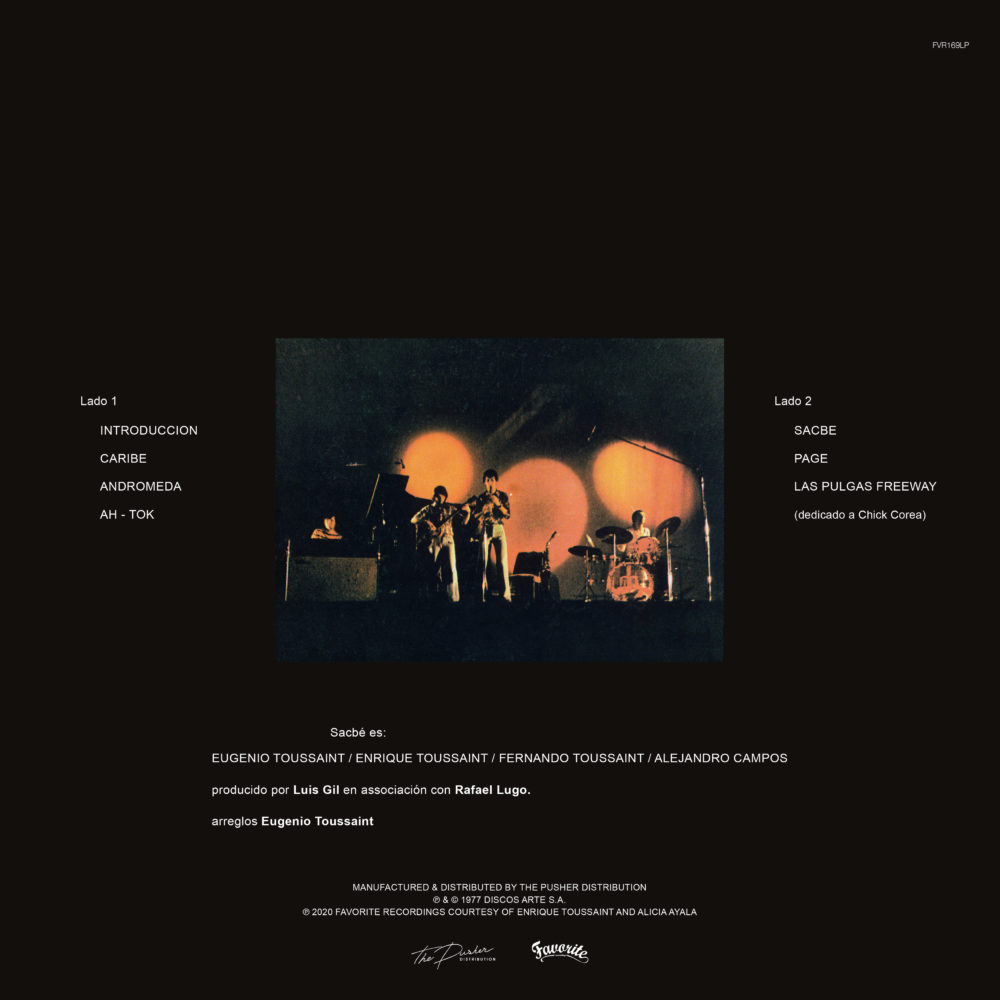
My boss at Yoko (the record store) was Rafael Lugo and he was a jazz fan. I invited him to see us at Musicafé and he liked what we were doing. When we had the master of our music done, I got together with him to propose that he invested some money, with Eugenio (since he was the only one who had money, since he lived with my mother in her house) and Luis Gil, to create a record company and release the album independently.
He fortunately agreed and through CBSʼs special products, we put together our first LP album called Sacbé under the Discos Arte label (with the Yoko logo).
The cover designed by Eugenio, Luis and I, with a watercolor that I painted, inspired by the work of Rousseau and the Mayan jungle of the peninsula and with a toucan.
This bird was our favorite due to the fact that an uncle had a pair in his house apart from being a native of that area.
It became the logo of Sacbé.
Finally, the record came out in 1977. This LP was successful in Mexico and California, since our friend Gerardo Batiz lived in Berkley and knew a distributor who bought 300 copies from us and put them on radio and Tower Records. It opened many radio, TV doors and made us more visible and recognized. I think we pressed 1000 copies of which only a few had the credits insert, since we had to manually put them in, for CBS cellophaned all of them without the insert.
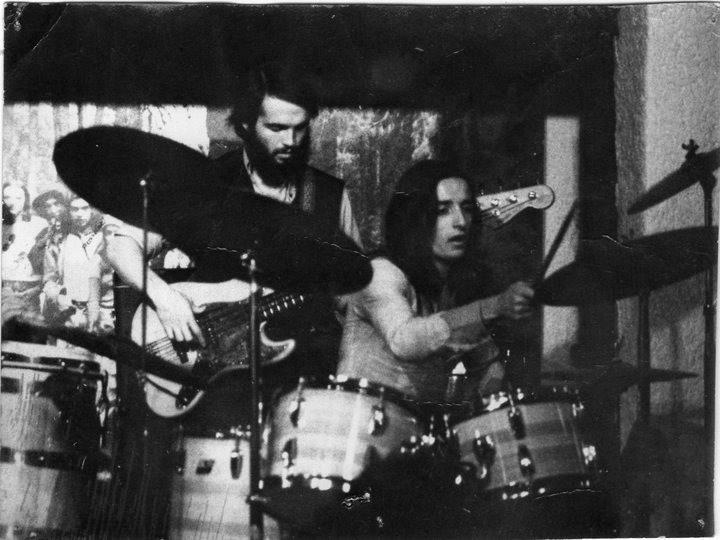
CAN YOU TELL US MORE ABOUT YOUR INFLUENCE AND THE IMPORTANCE OF JAZZ FUSION ON MUSICIANS FROM YOUR GENERATION ? HOW WAS THE MEXICAN SCENE?
We listened to so much music, that it is hard to name all influences, but focusing in the “fusion” era – which wasnʼt a label at the time: Chick Corea, Herbie Hancock, George Duke, Weather Report, Return to Forever, Eberhard Weber, Soft Machine, Milton Nascimento, Focus, Passport, Pat Martino, The Brecker Brothers, Ivan Lins…
There really wasnʼt a scene to speak of in Mexico City at the time and we were swimming against the current. In a city of many millions, we were very rare. There were only two more groups that were sort of playing fusion, but we were the only ones who were playing all original music. The established jazz musicians did not like us at all. They said we were a rock band. In a way, we brought attention more widely to that new trend of music.
CAN YOU EXPLAIN WHAT IS A « SACBÉ » AND WHAT DOES IT MEAN FOR YOU?
The album is called Sacbé because of our love of Mayan culture and the Mexican identity that we wanted our music to represent. “Sacbé” means white road in the mayan language. Physically, it is the name for the roads which connected the main ceremonial centers through the jungles. They were made of roughly three feet of coral limestone.
On the metaphysical side, they were sacred and heavenly roads mostly used by high priests and warriors. For us it represented our path and the ethereal aspect of it.
FEEL FREE TO SHARE OTHER STORIES WITH US!
So many! Briefly, our band played steadily until 1981 and then of and on until the sad death of my brothers Eugenio (2011) and Fernando (2017).
We recorded a total of 7 albums: Sacbé (1977) Selva Tucanera (1978) both on our label, Street Corner 1982, Aztlán (1983) both on Trend/Discovery in Los Angeles, Dos Mundos (1988) on Ariola in Mexico City, The Painters (1996) on PolyGram Mexico City and Trio Neo (2006) on Nakawe Productions from Minneapolis.
There were some compilation CDs released as well (Two Worlds, Como Siempre and Todo Sacbé).
The core of the band was the brothers but for the first two records, we had Alex Campos on sax, who was a co-founder of the band. On the next three records, once we moved to the States, we had Jon Crosse on reeds, who contributed some wonderful playing and music for the band. On The Painters, we asked Oregonʼs reed man, Paul McCandless to join us on the reeds. The last recording was an impromptu rehearsal as a a trio, which was recorded and was released without editing as a live recording.
We had wonderful guests on our records, some of which included Armando Montiel, Luis Conte, Clare Fischer, Milcho Leviev and full big bands on a few tunes.
In 1981, my brothers and I became the rhythm section for Herb Alpertʼs band to support his record Fandango and when the tour unfortunately canceled, thanks to our friendship with Michel Colombier (who became musical director), we became the rhythm section for Paul Ankaʼs band. On both, we continued to play with Luis Conte and on Paulʼs band we got our reedman Jon Crosse in the band. We continued playing our music all along and doing concerts when it was possible. We represented Mexico in several jazz festivals (Mexico City, Montreal, Java, Houston, Can Cun, Riviera Maya, Singapore, Manila, Haiti, Hong Kong).
I continue to play and try to honour our music any way I can. I am still part of Paul Ankaʼs band along Jon Crosse and as members of the band, we have played with Quincy Jones, David Foster, Placido Domingo.
I have occasionally gone on the road with Ivan Lins. It is very humbling and beautiful, that the effort, integrity and passion we had as very young eager musicians, left a great mark and legacy in my country. Young musicians now are studying our music and are proud that it is Mexican. A better validation of our work is impossible! I feel so blessed!
Also very touching is that 44 years later, your company is interested and releasing our first effort! Thank you!

